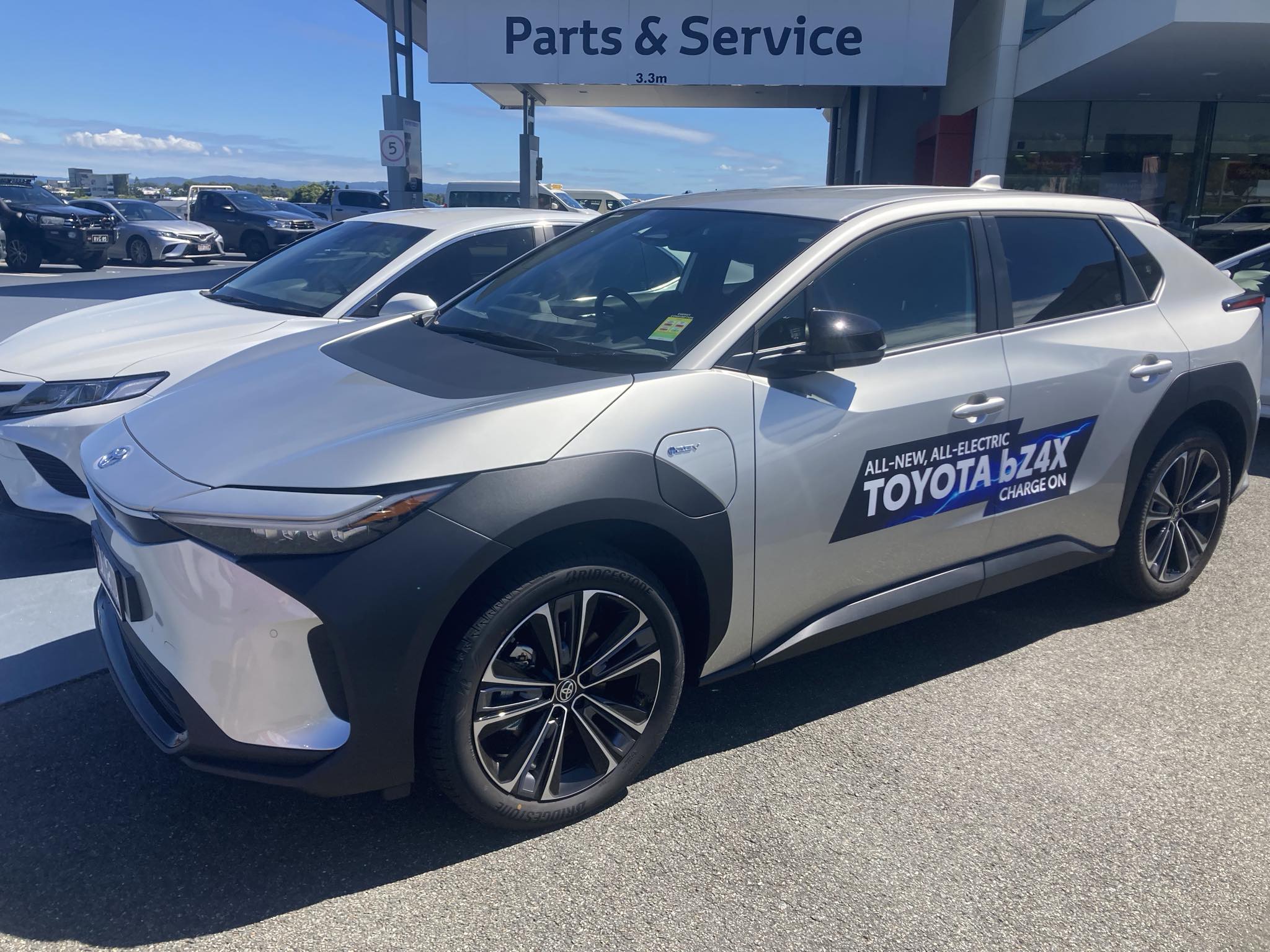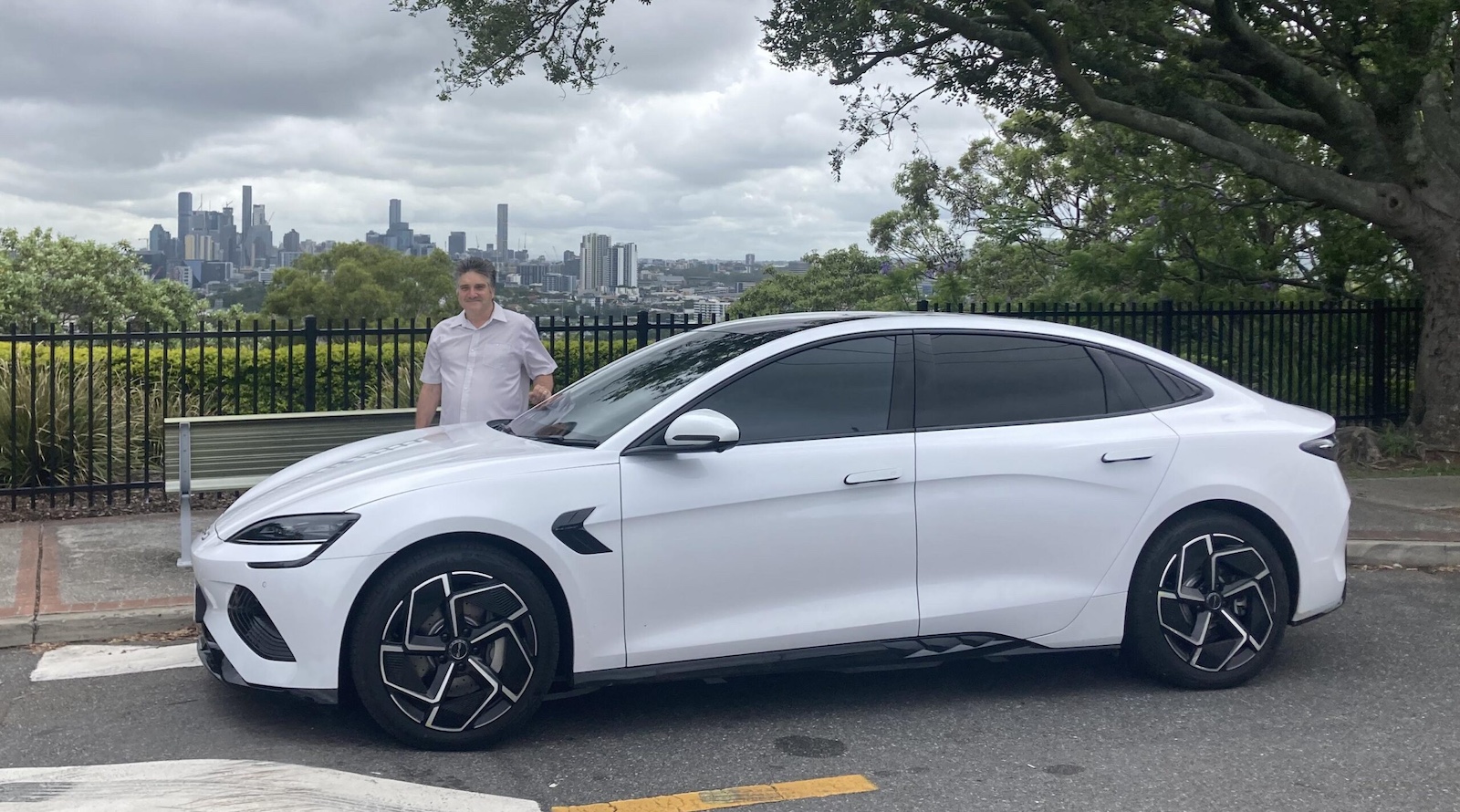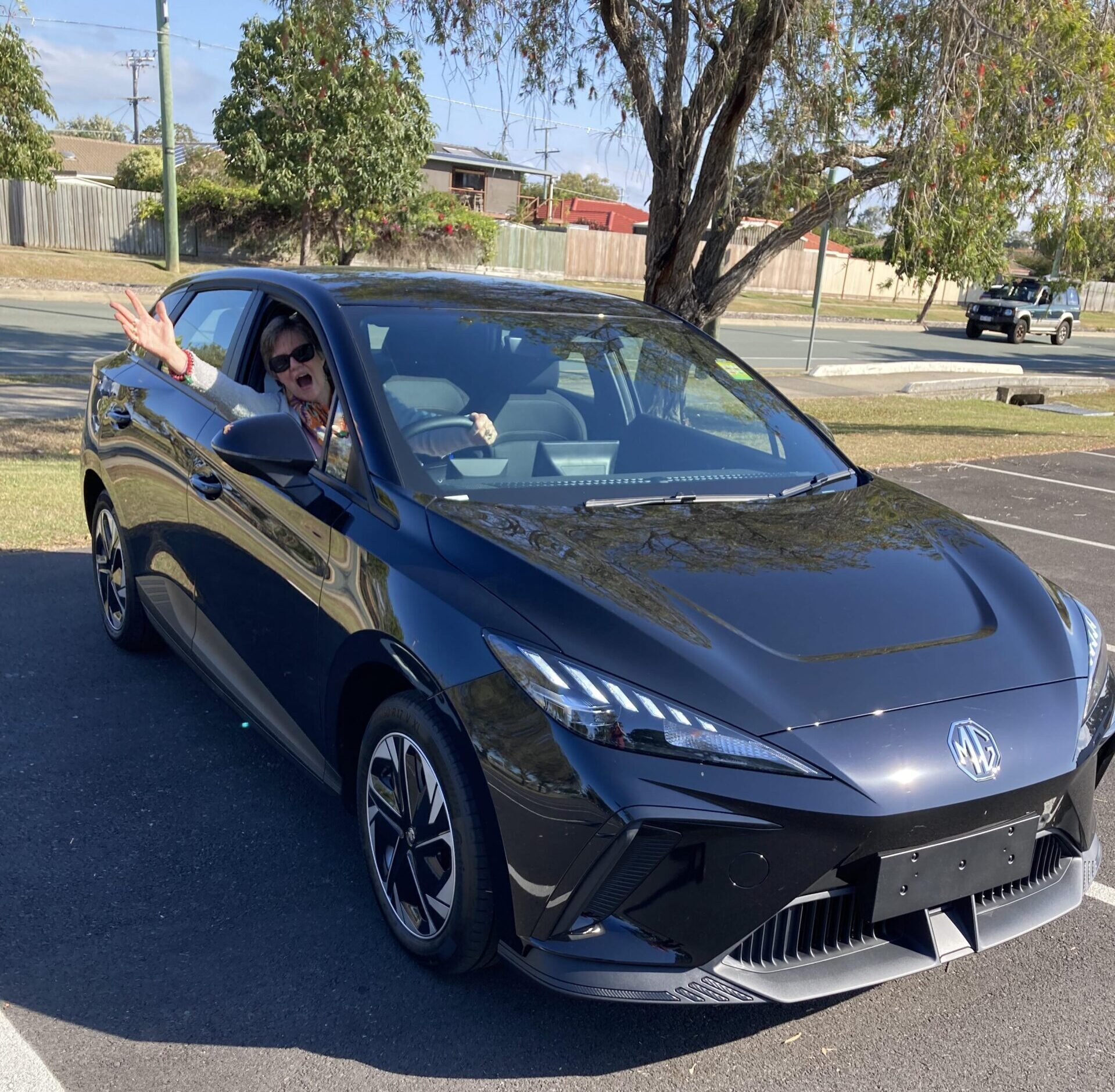Sign up for daily news updates from CleanTechnica on email. Or follow us on Google News!
Yesterday, my morning news feed led with an article from Reuters declaring that “Toyota global output skids in June.” Reuters went on to say that Toyota’s production was down for the fifth month in a row. Reuters blames a “certification scandal” in Japan, and falling sales in China. “Output worldwide for Japan’s biggest automaker slid 12.9% to 795,862 vehicles, the sharpest decline since December 2022.”
Eighteen months ago, Dr Paul Wildman collaborated with me on an article speculating about the future of Toyota and its impact on the Japanese economy — are we seeing the beginnings of that Apocalyptic event? Is six months of data enough to claim we were on the right track? Our article certainly provoked an extended discussion. Some of the more interesting comments are quoted below.

Why are Toyota’s sales falling in China? Toyota’s reliable, time proven hybrid electric vehicles are doing very well in many of the global markets, including here in Australia. In fact, with many other automakers introducing a range of HEVs, EREVs, and PHEVs, you would be tempted to think that Toyota got it right and the copying by other car manufacturers is the greatest compliment.
For those who have just joined us: HEVs are mild/sealed hybrids that must be fuelled by petroleum products. Toyota’s successful Prius is an example. PHEVs are plug-in hybrids which have the potential to be solely electric, but also have a petrol or diesel engine. “Extended Range Electric Vehicles or EREVs are vehicles in which propulsion power is provided almost entirely by an electric unit. They are additionally equipped with a small internal combustion engine to generate additional energy. These types of cars are often seen as series hybrids with a much larger battery, the capacity of which is usually 10 to 20 kWh,” Knauf Industries summarizes. Yes, I am still a little confused here too.
So, this could be part of Toyota’s problem — its own success in promoting hybrids has led to increased competition. “Yes, plus lack of strategic nous,” adds Paul when I asked him to comment, “and stuck in previous horizontal integrate everything manufacturing model complicated by leader hubris!”
Another factor in my mind is the rise of Chinese auto manufacturing giants. It is no longer a status symbol in China to drive a car with a foreign brand. The Chinese are intensely proud of their achievements and are now buying and driving “Made in China.” What a transformation, and in such a short time. It’s not hubris. They are even exporting to Japan.
Having driven the BYD Seal, the MG4, and also the Toyota BZ4X, I know from personal experience that there is no comparison. The Toyota is more expensive, less responsive, and includes minimal tech. It is not a global success story — there will be some who will allege that Toyota never meant it to be. Paul thinks they were pinning their hopes on hydrogen cars sweeping all before them.

Back to Reuters for some more hard data. Toyota’s production in China, where there is an aggressive price war, fell 21.7%. June is “the fifth month in a row where Toyota’s output has declined by 20% or more…. Toyota’s worldwide sales fell 5.1% during the month.” We must remember that China is the world’s largest car market and the second largest exporter of vehicles.
In our article 18 months ago, we proposed that there were several factors leading to the creation of Japan’s current auto crisis. Have they clung too long to the hydrogen dream? Can they manage their mountain of debt — and, indeed, can Japan? Toyota is essential to the Japanese economy. “Toyota is Japan’s largest company by sales ($230 billion last fiscal year) and in recent years has been its most profitable company and biggest taxpayer. Toyota has also been Japan’s largest ad buyer, making the major media here afraid to criticise it,” Paul and I wrote 18 months ago.

“The automotive sector in Japan is the third-largest automotive producing industry in the world, with 78 factories in 22 prefectures. It employs over 5.5 million people and is a major pillar of the country’s economy. Currently, about half of domestically-produced Japanese vehicles are exported.” What if China takes those export markets from Toyota? And don’t be complacent — the auto manufacturers in the USA could be next.
Is the writing on the wall? I must admit the situation has gotten more concerning and murky since our article 18 months ago. It is as we predicted/anticipated. We need someone wise to read the writing on the wall and promote action on it. I have collated some of the comments on our previous article, some are the words of the wise, some are the words of comedians, but all contribute to the debate. Bear in mind that these words were penned one and a half years ago — it is amazing how much has changed:
“The bridge ahead is out Toyota!!! Take a different route!”
“If Toyota is not selling millions of BEVs by 2025, they’re in real trouble imo.”
[Many of the comments pointed to 2025 as the make-or-break year for Toyota — so we won’t have long to wait to see if these predictions come true. A lot of commentators predicted the early demise of PHEVs as well. However, there seems to be a rise in PHEV sales driven by people’s fear of change perhaps.]
“Toyota is in the car business. EVs are vastly superior cars. Expect sales to follow the purchase of superior cars. Expect sales to follow the increasing production number of EVs. You can’t ignore a vastly superior product and survive.”
“Toyota can survive for a good while selling cars to elderly denialists in the US and Japan, but it will have to continue to support more and more ugly things politically to maintain solidarity with them. You think you own the mob; the mob owns you.”
“3rd-world countries are buying electric cars much faster than Westerners believe because the cars’ own storage is part of the solution to unreliable grids, and because these countries are urbanising at amazing speed and need the cars that China is building.”
[This is definitely a trend we are seeing in the global south.]
“I’m by no means saying Toyota will fail completely but their days as the world’s largest automaker are limited. I’m guessing their sales will drop by 1/2 or so by 2030. If they can manage their debt and stay out of bankruptcy is an open question. I could see a bankruptcy and bailout by the Japanese government, which is also atm at risk of bankruptcy through its eye watering levels of debt, at some point I’m the next decade at which point they manage to restructure and limp along as an also ran in the global market.”
“PHEVs are just a band-aid. The longer it is stuck to the skin the more painful it becomes when it’s finally ripped off.”
“The only way Toyota is going to be able to produce a range of viable EVs that people will actually want to buy is to go into considerably more debt. But by then, the Chinese will have eaten their lunch anyway, as is already happening in Europe.”
[Paul expects that Toyota will continue down the route of buying Chinese EV platforms and componentry and rebadging them, as is happening with the BZ4X. Back to the comments from my astute readers.]
“… their ICE manufacturing equipment and incarnating business models are stranded assets, a lot of it is useless for EV production (something Tesla learned early on when trying to convert the GM/Toyota Fremont factory).”
“The bZ4x and the MX-30 seem to seethe with resentment and poor design towards the people who want to buy EVs. Like the fossil-cult engineers held their noses while designing them out of hatred. ‘How dare you want a battery car with over 100 miles range! You hypocrite! THIS is what you deserve!’ Can a car be passive-aggressive? Some said the Vega and Pinto sucked because GM and Ford secretly wanted to teach people to hate small cars.”
“No one is arguing that Toyota is bad at manufacturing (most of my cars *used* to be Toyotas). The point is they are focused on the obsolete technology. If Toyota’s sole product was VHS tapes, they would still be making them and, you’d agree, going out of business. Well, that’s what they are doing as it relates to cars: they said they only care about making VHS (ICE), instead of the new technology (BEVs).”
“Only about 0.1% of their sales are BEVs. Last year, over 10% of the world’s new car sales were EVs. They are several orders of magnitude behind the rest of the world.”
“ICE sales have fallen off a cliff since 2017 (peak ICE sales). As they continue to lose economies of scale, and market share they will erode their profit margins. On the flip side, as BEVs gain scale, they get cheaper to make, and more profitable. This is an economics problem; NOT a manufacturing one.”
Many of the commentators predicted a fight between HEVs and BEVs — but it appears that a fight is shaping up between Toyota’s HEVs and Chinese PHEVs. We should note that Chinese PHEVs have a reasonable range. In contrast to Toyota’s approach, BMW, Volkswagen, Ford, and General Motors are making some effort to move forward in the electrification race. However, it seems to have become more of a dance than a race. And perhaps they’re too late to the dance at that.
Overall, the future is bright, electric, and connected. Toyota continues to write itself out of this future by both commission and omission. It remains to be seen what Toyota’s future will be in an EV world.
Have a tip for CleanTechnica? Want to advertise? Want to suggest a guest for our CleanTech Talk podcast? Contact us here.
Latest CleanTechnica.TV Videos
CleanTechnica uses affiliate links. See our policy here.
CleanTechnica’s Comment Policy



